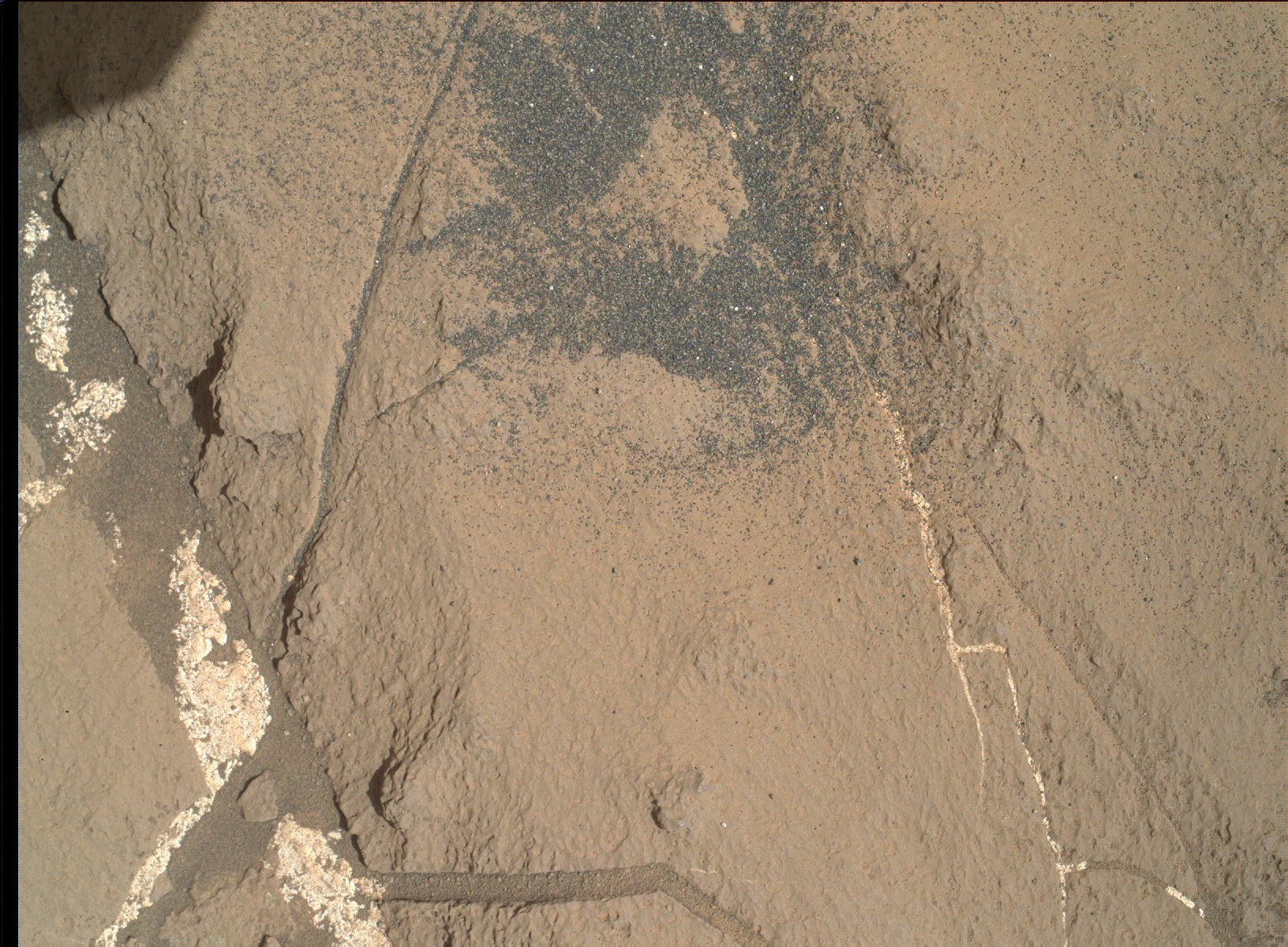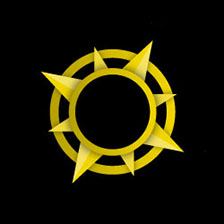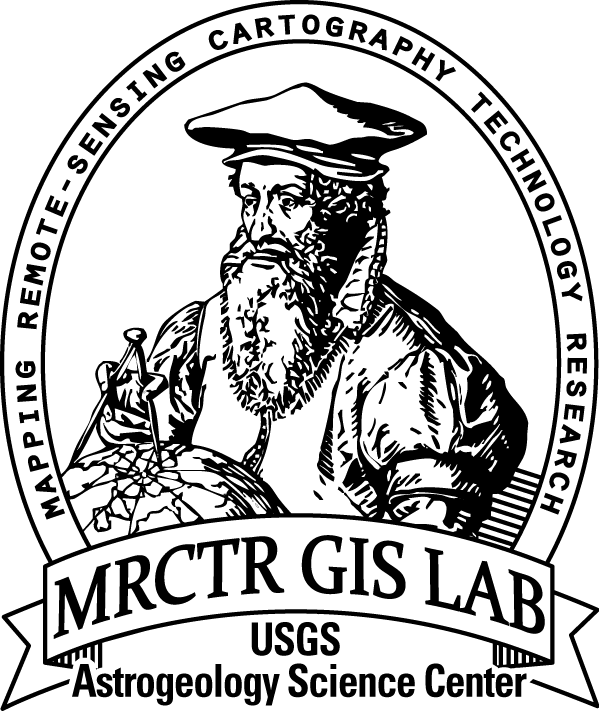Sols 1253-1255: Full plan
12 February 2016 The dune sand samples were dumped onto the ground, but it appears that the sample was partly blown by the wind. There is enough sample left to investigate with various instruments,
The dune sand samples were dumped onto the ground, but it appears that the sample was partly blown by the wind. There is enough sample left to investigate with various instruments,so the Sol 1253 plan starts with ChemCam passive spectra and Mastcam multispectral observations of the dump piles and brushed spot. Later that sol, MAHLI will take pictures of the APXS calibration target and both dump piles before the APXS is placed on the pile of sieved sand for a short integration. After sunset, the APXS will be moved to a bedrock target named "Bergsig" for another short integration, then to the pile of unsieved sand for a long, overnight integration.
The rover will wake up before dawn on Sol 1254 for an attempt to
detect surface frost using ChemCam. This is the best time of year for
water frost to form, so we're hoping that ChemCam will see the
hydrogen in the water. Later that sol, ChemCam and Mastcam will
observe the unsieved dump pile and the brushed spot, this time using
ChemCam's laser to measure chemical composition. Mastcam will also
image the frost target, the sun, and the distant crater rim to measure
the amount of dust in the atmosphere. Then MAHLI will image Bersig,
the sieved dump pile to look for the imprint of APXS's contact sensor,
and the brushed spot. Overnight, CheMin will analyze the dune sand
again, to improve the accuracy of the mineralogical measurement.
Finally, on Sol 1255, the rover will drive toward the north, to get
around the sand dune to the west of the vehicle. In addition to the
usual post-drive imaging, the Navcam will take a couple images of
Mount Sharp to enable planning of future long-distance imaging.
Another full plan that has kept the tactical team busy today!
by Ken Herkenhoff
Dates of planned rover activities described in these reports are subject to change due to a variety of factors related to the Martian environment, communication relays and rover status.










